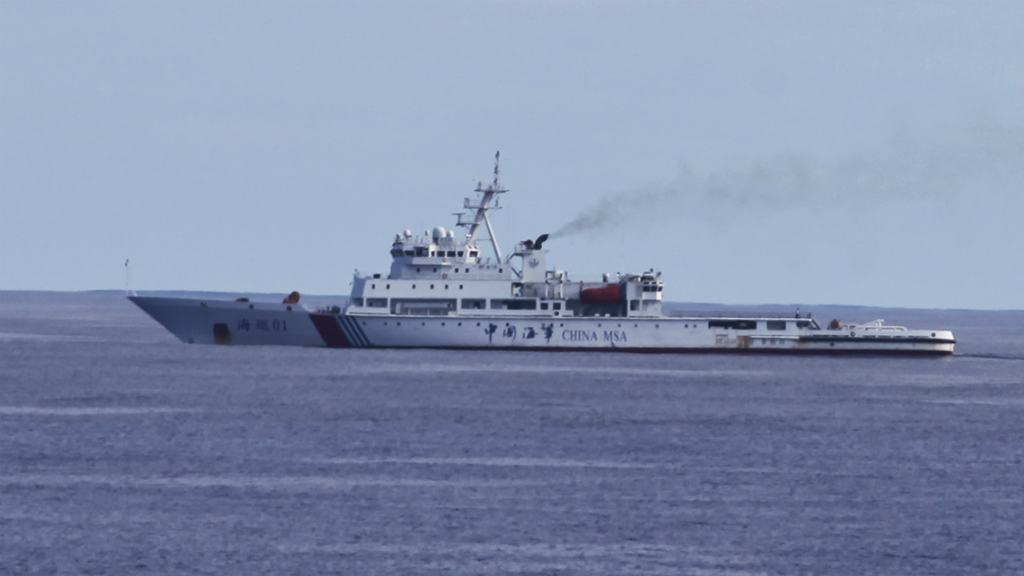Chinese ship detects pulse in search for lost jet MH370
A patrol ship has picked up a pulse signal in the southern Indian Ocean in the hunt for flight MH370’s black box recorder, reports Chinese news agency Xinhua.
The signal has a frequency of 37.5kHz per second, according to reports, which is the standard frequency for cockpit flight data recorders – better known as the underwater locator beacons or the “black box”.
The Chinese patrol ship Haixun 01 (pictured) was searching for lost Malaysia Airlines Flight MH370 in the southern Indian Ocean where it is believed the passenger jet, with 239 people on board, crashed nearly a month ago.
We have gone from the impossible to the plausible Dr Simon Boxall, University of Southampton
The area was chosen based on hourly satellite pings the aircraft gave off after it vanished from radar on 8 March when it was scheduled to travel from Kuala Lumpur to Beijing.
The Xinhua agency reported that a black box detector deployed by the ship detected the signal at around 25 degrees south latitude and 101 degrees east longtitude.

It is reported the pulse was picked up over a period of 15 minutes. Underwater locator beacons are triggered by water immersion.
Ocean science expert Dr Simon Boxall told Channel 4 News “we have gone from the impossible to the plausible” because if the pulse is from MH370 the search can now be conducted in an area of just 10 square miles. At one stage the search area was the size of Australia. He added, this would mean remotely operated vehicles can begin inspecting the sea floor.
More from Channel 4 News: Southern Indian Ocean: the most remote place on earth?
There is no confirmation at this stage that the pulse is coming from the missing plane. The battery on MH370’s black box is due to run out on Monday.
Below: Reflection of a New Zealand search plane over the Indian Ocean.





